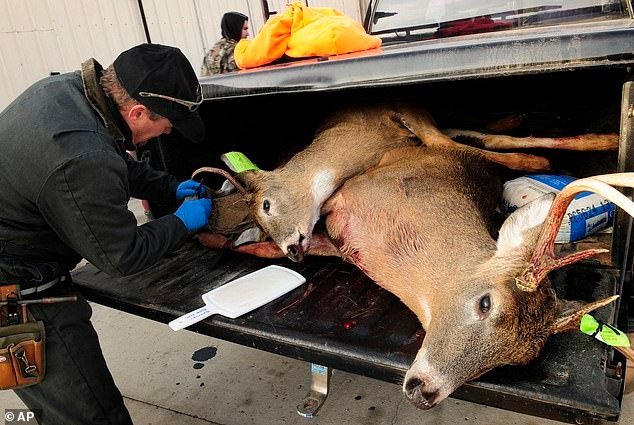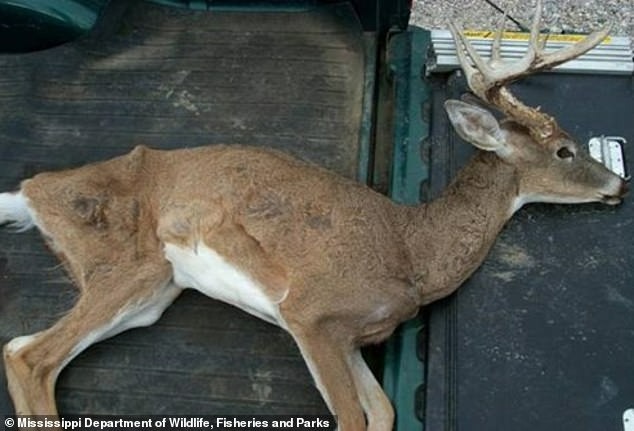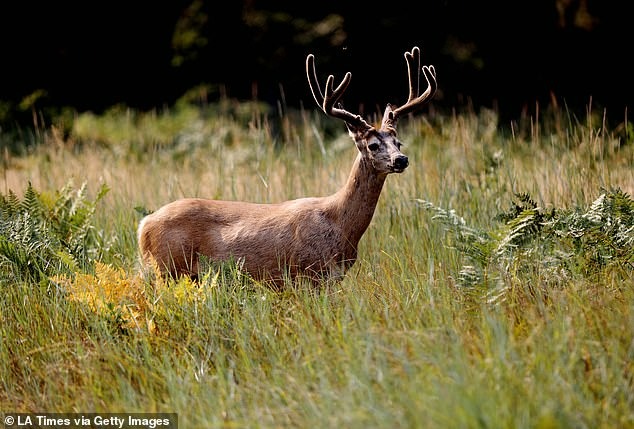
Scientists have issued warnings about the potential spread of a fatal brain virus known as “Zombie deer disease” to humans after the discovery of the first-ever case in Yellowstone National Park last month.

The chronic wasting disease (CWD), also called “Zombie deer disease,” has garnered attention due to its effects on animals, leaving them confused, drooling, and unafraid of humans. The recent detection of the virus in a deer carcass in Yellowstone National Park has raised alarms among experts, who caution that it may someday infect humans.
Dr. Cory Anderson, the program co-director at the Center for Infectious Disease Research and Policy, emphasized the importance of preparedness, drawing parallels with past outbreaks. Anderson highlighted the unpredictability of spillover events, citing the BSE (mad cow) outbreak in Britain as an example of how chaotic situations can arise suddenly.

The CWD virus has already spread to more than 31 US states, two Canadian provinces, and South Korea, according to the US Geological Survey. Anderson expressed concerns about a similar scenario unfolding, emphasizing the need for readiness.
Describing CWD as “invariably fatal, incurable, and highly contagious,” Anderson’s study focused on the pathways of CWD transmission, revealing the lack of effective methods to eradicate it from both infected animals and contaminated environments.

CWD, a prion-transmitted disease similar to ‘Mad Cow,’ causes weight loss, loss of coordination, and eventually fatal neurological symptoms in deer and related species. While the US National Park Service states that there is currently no evidence of CWD infecting humans or domestic animals, it cautions game hunters to avoid consuming tissues from infected animals.
Samples from the infected mule deer in Yellowstone tested positive for CWD, prompting concerns about the disease’s potential impact on non-human primates, including monkeys, as noted by the Centers for Disease Control and Prevention. Since 1997, the World Health Organization has recommended preventing agents of known prion diseases from entering the human food chain.


Yellowstone National Park officials are collaborating with the Wyoming Game and Fish Department to monitor the spread of CWD among deer and other hooved species in the park. The discovery has led to revisions in the park’s 2021 CWD surveillance plan, with an updated protocol expected next year.
Park spokesperson Morgan Warthin revealed plans to intensify collaborative efforts to identify areas at increased risk from the disease. CWD was initially detected in mule deer in Wyoming in 1985 and has since spread across the state, reaching Yellowstone National Park in Wyoming’s northwest corner.



As efforts to monitor and manage CWD continue, both Wyoming and Montana state wildlife regulators are working together to address the potential risks. While the news is described as a ‘data point of interest’ in Montana, officials emphasize the importance of ongoing monitoring and communication with the park and hunters as primary tools for CWD management in the state.

Leave a Reply